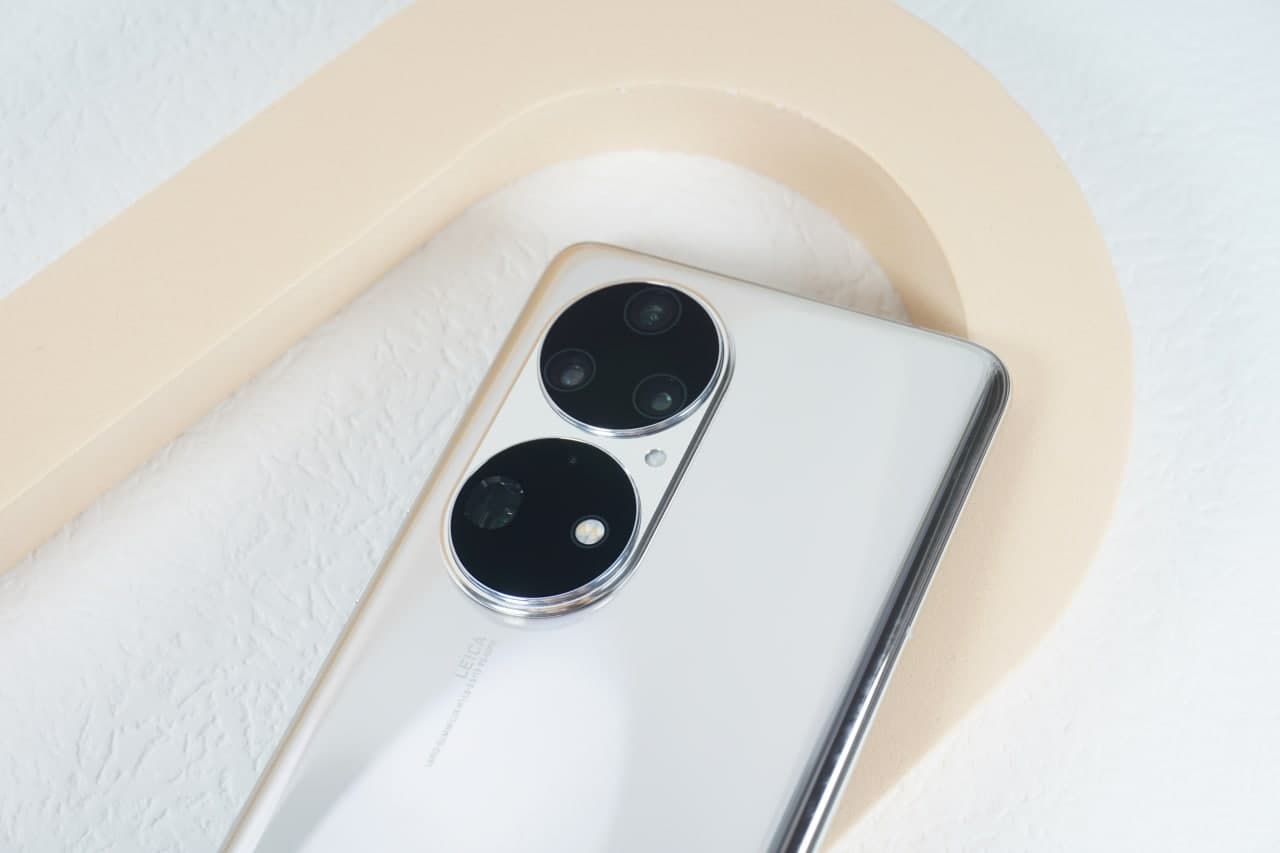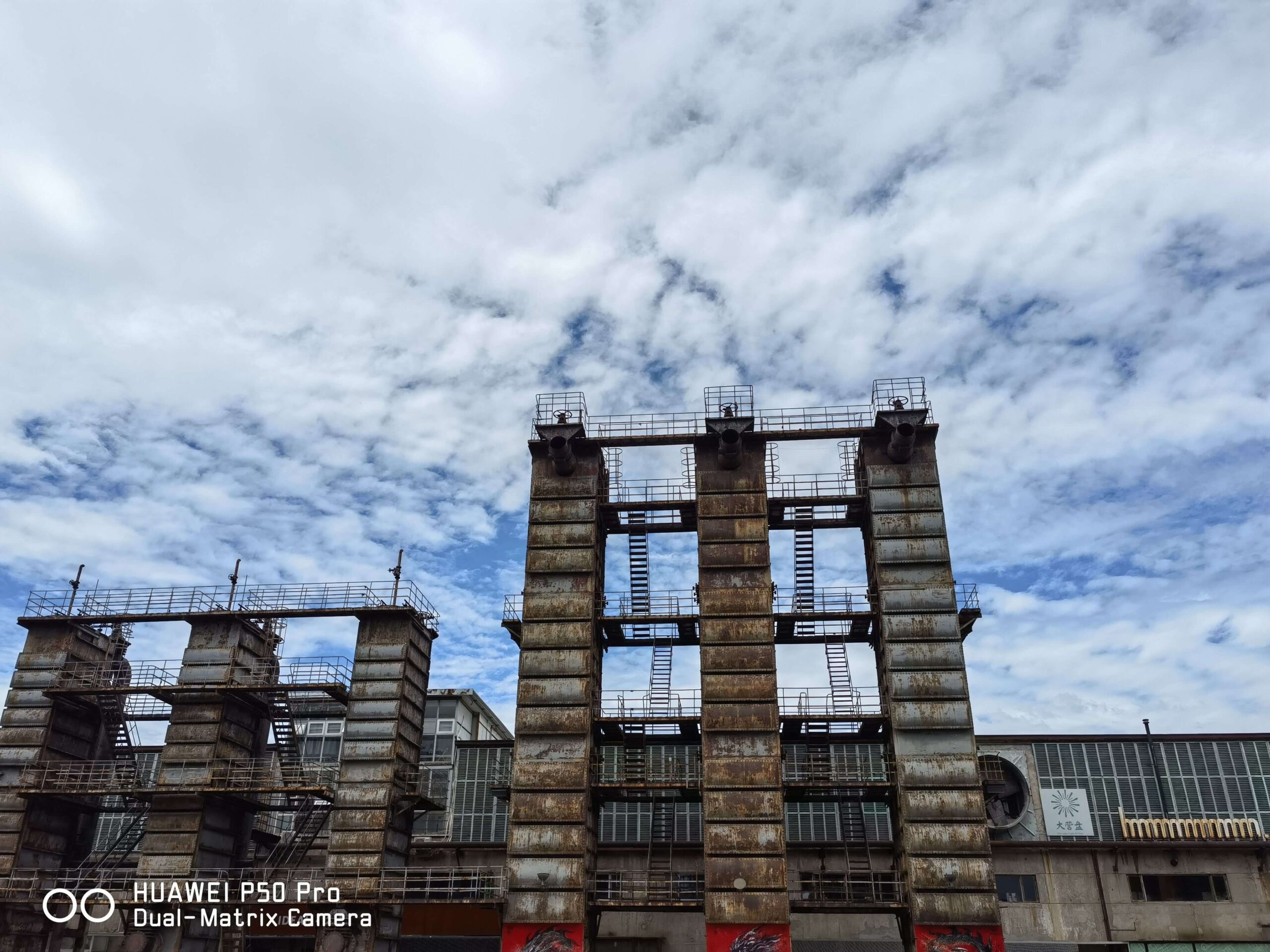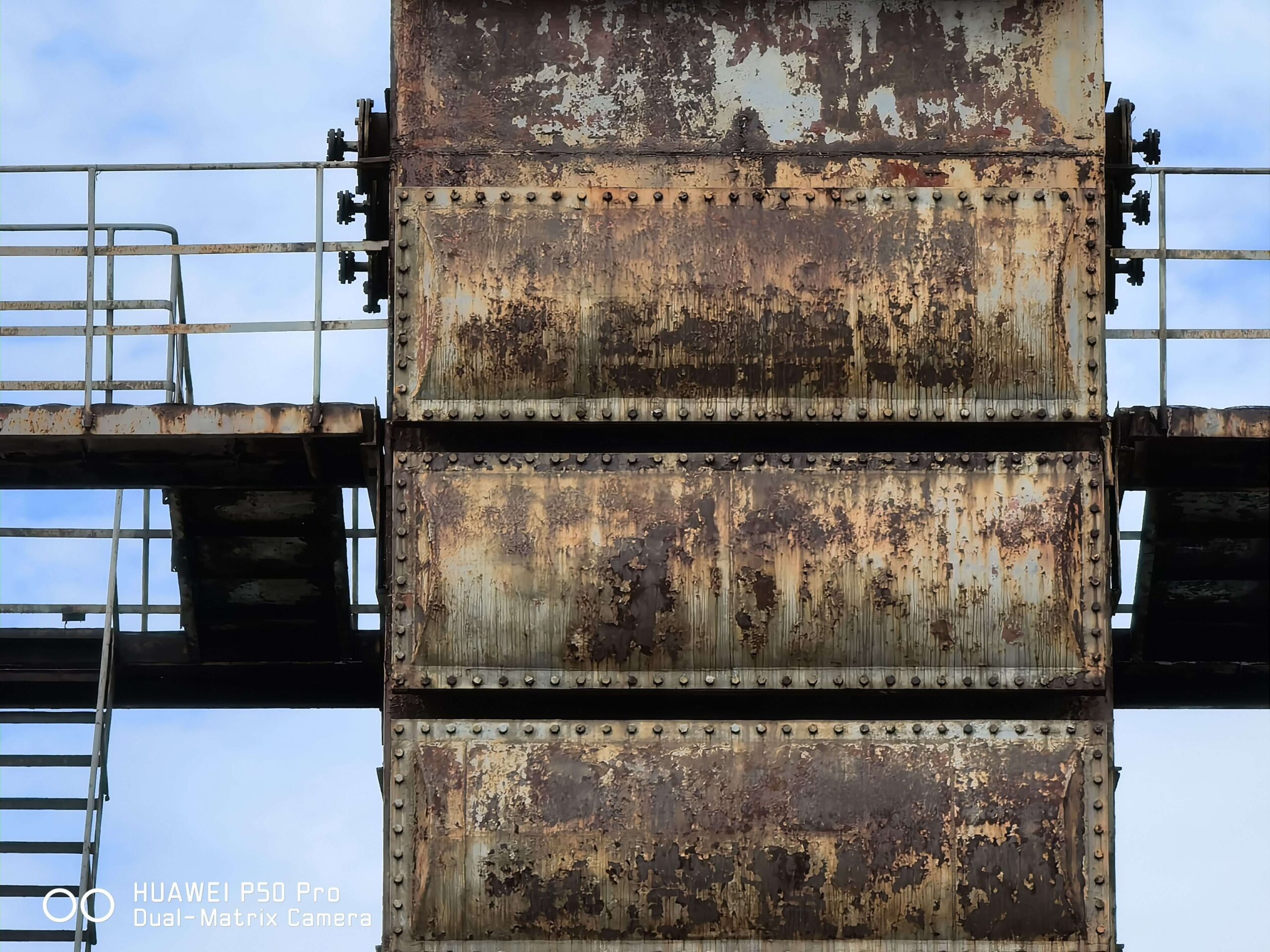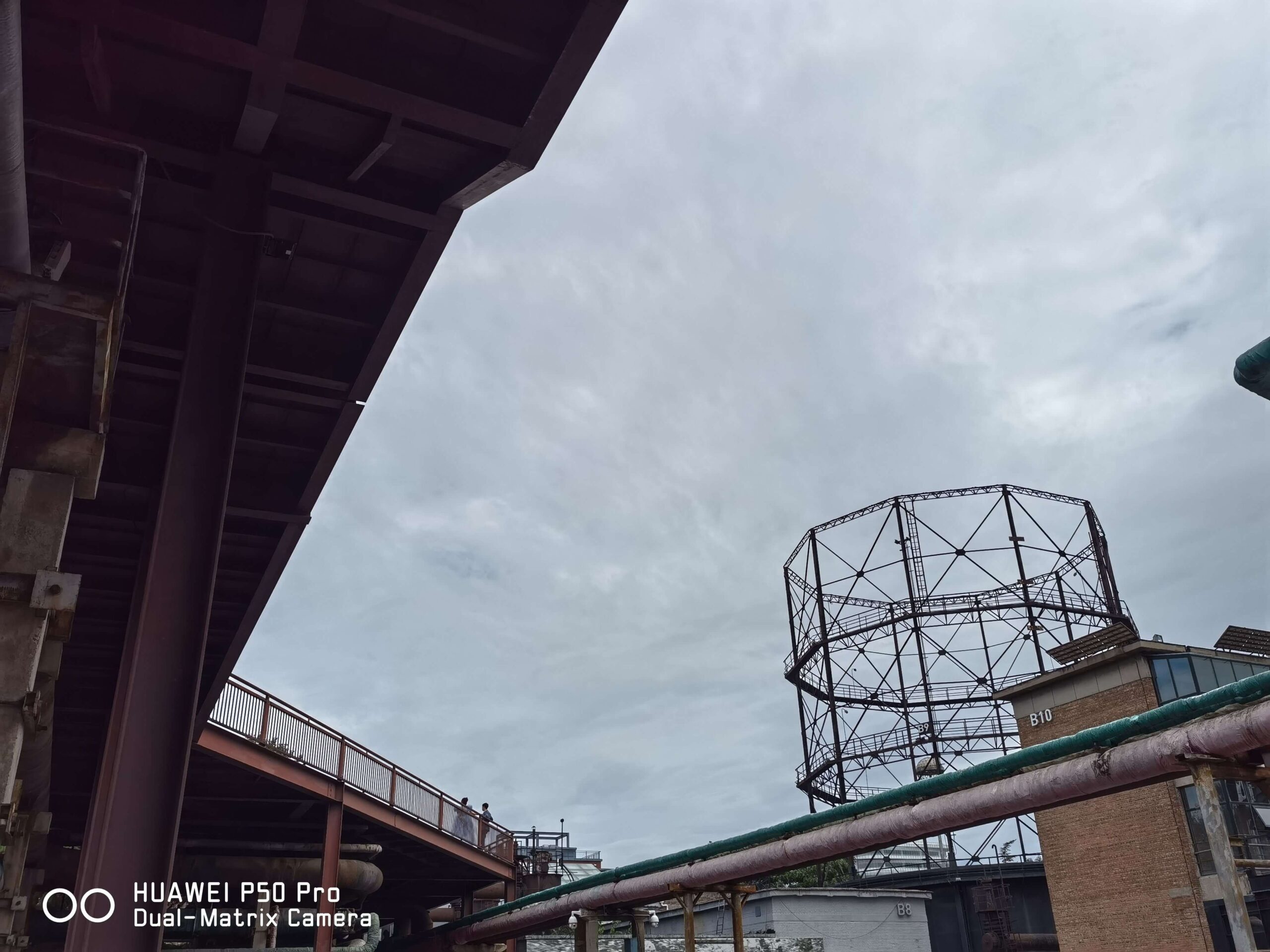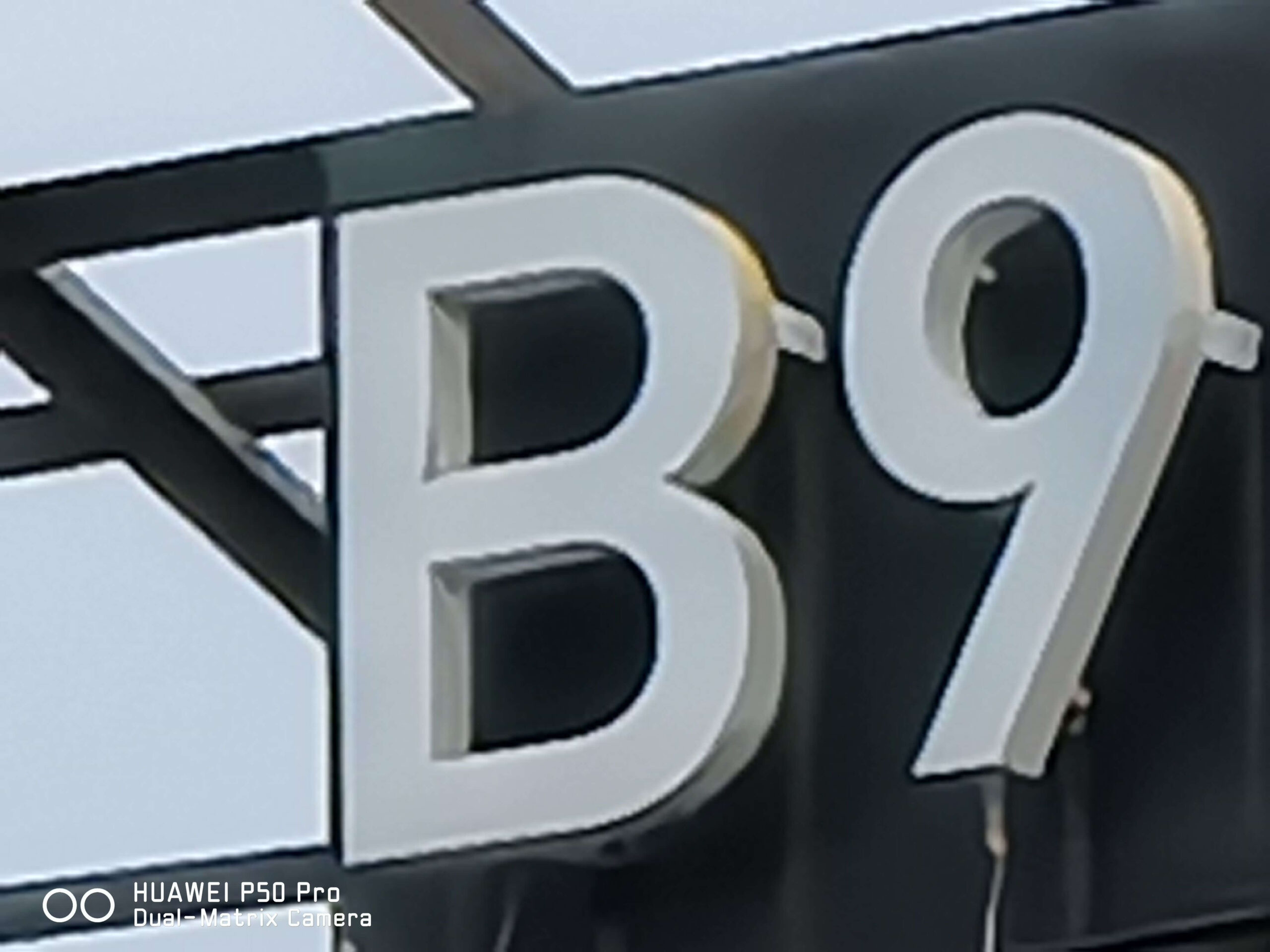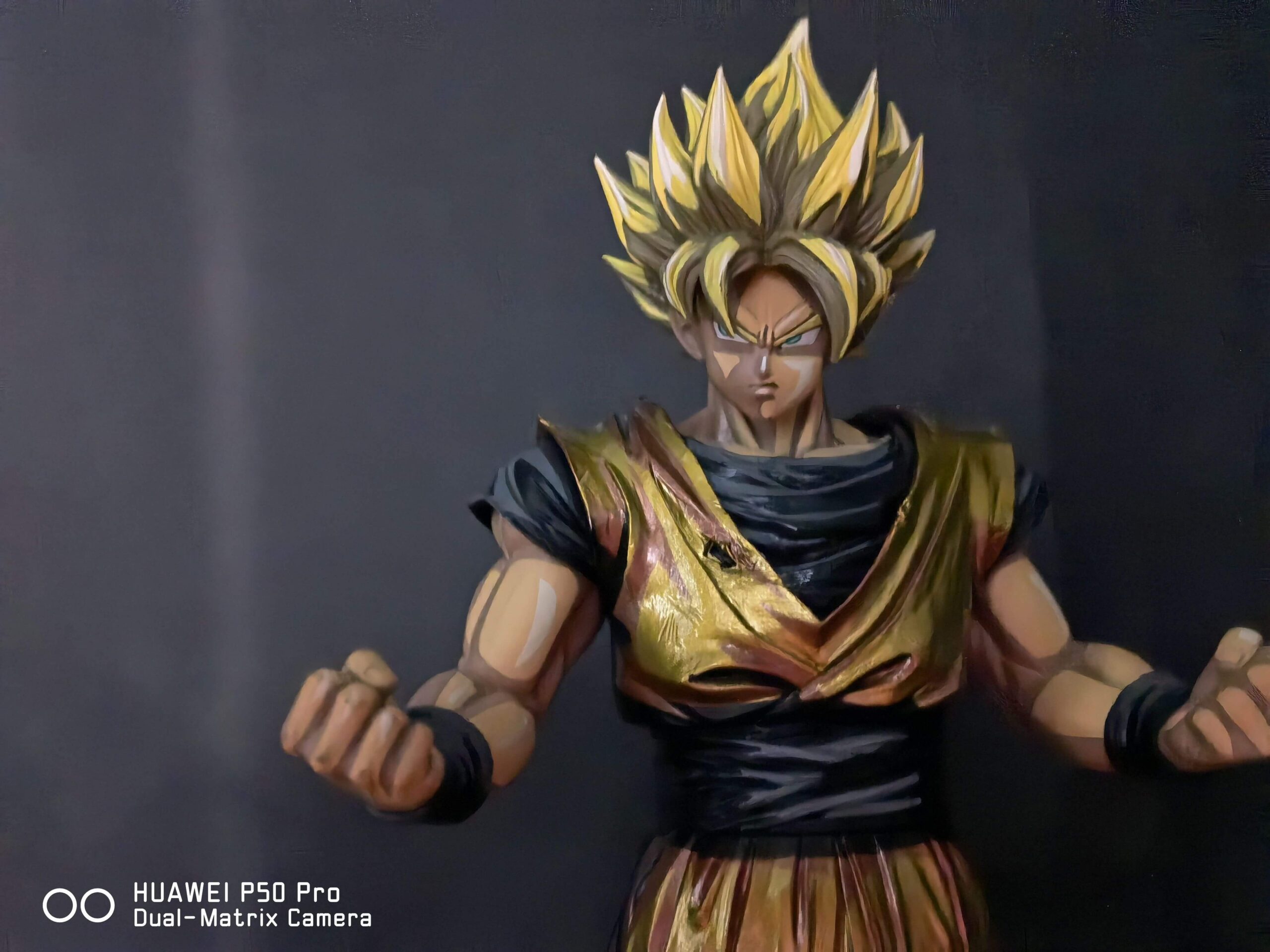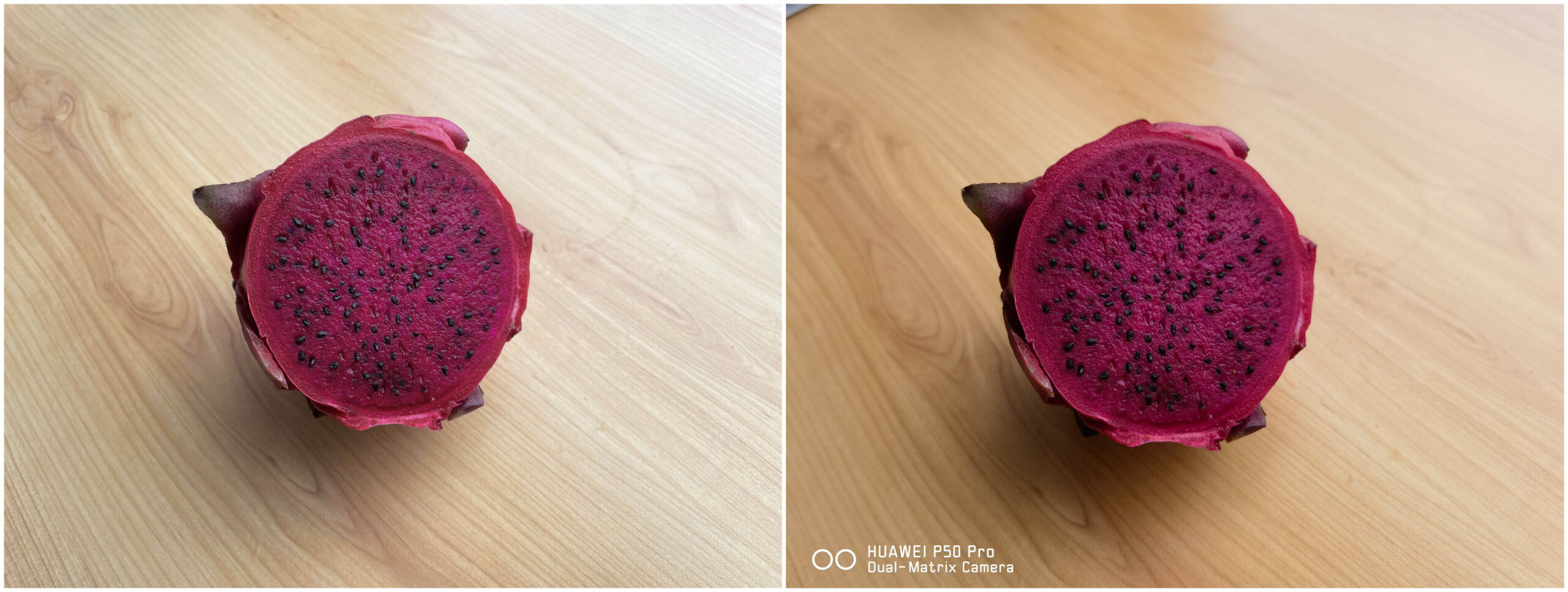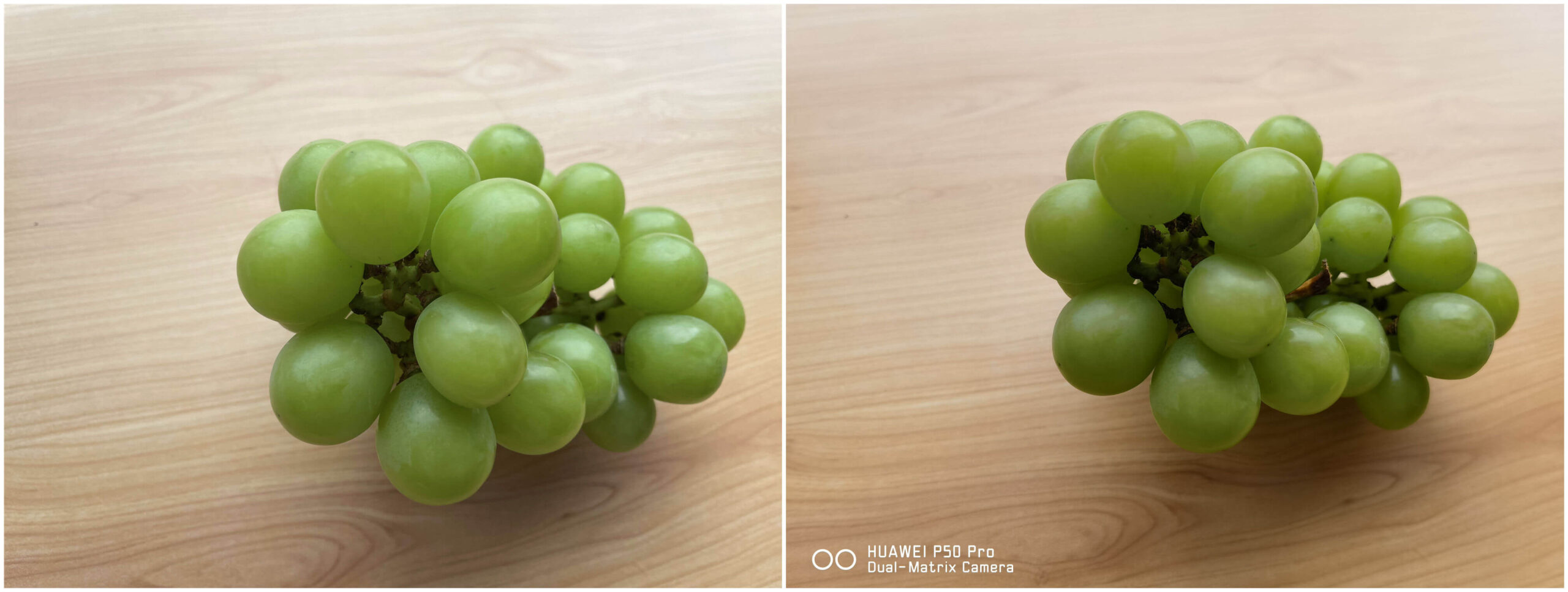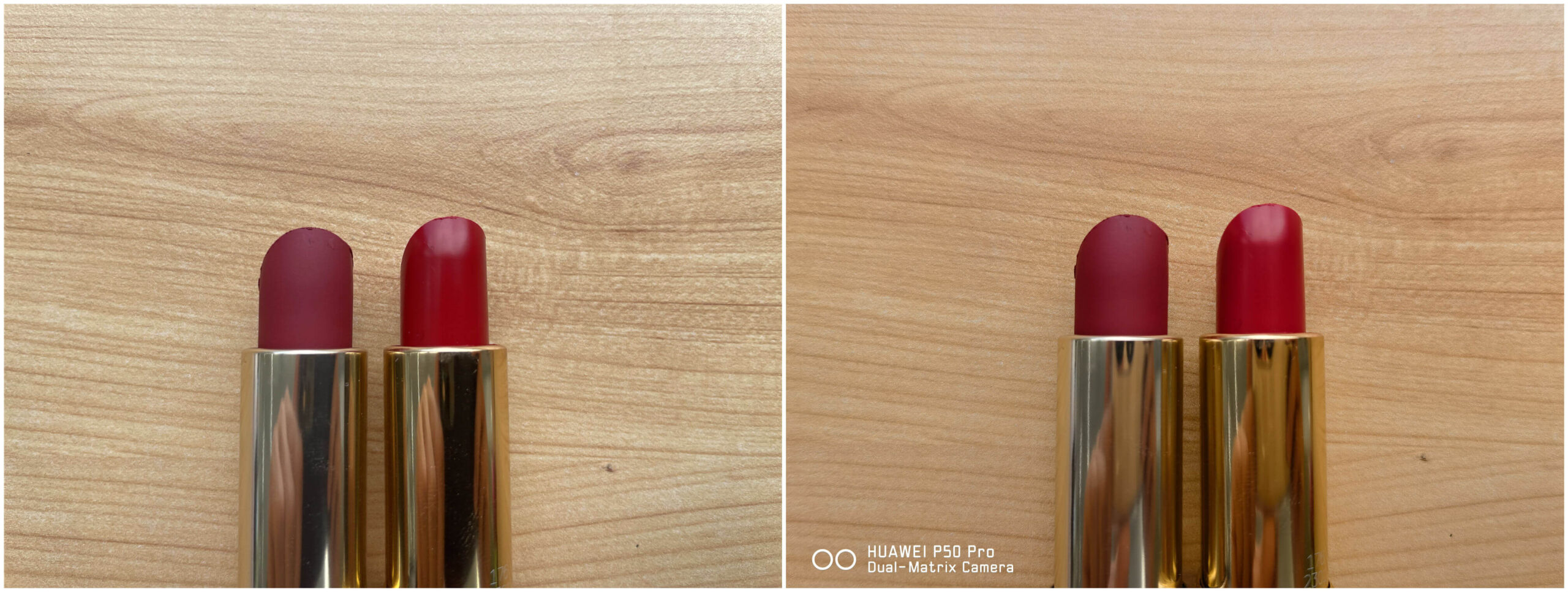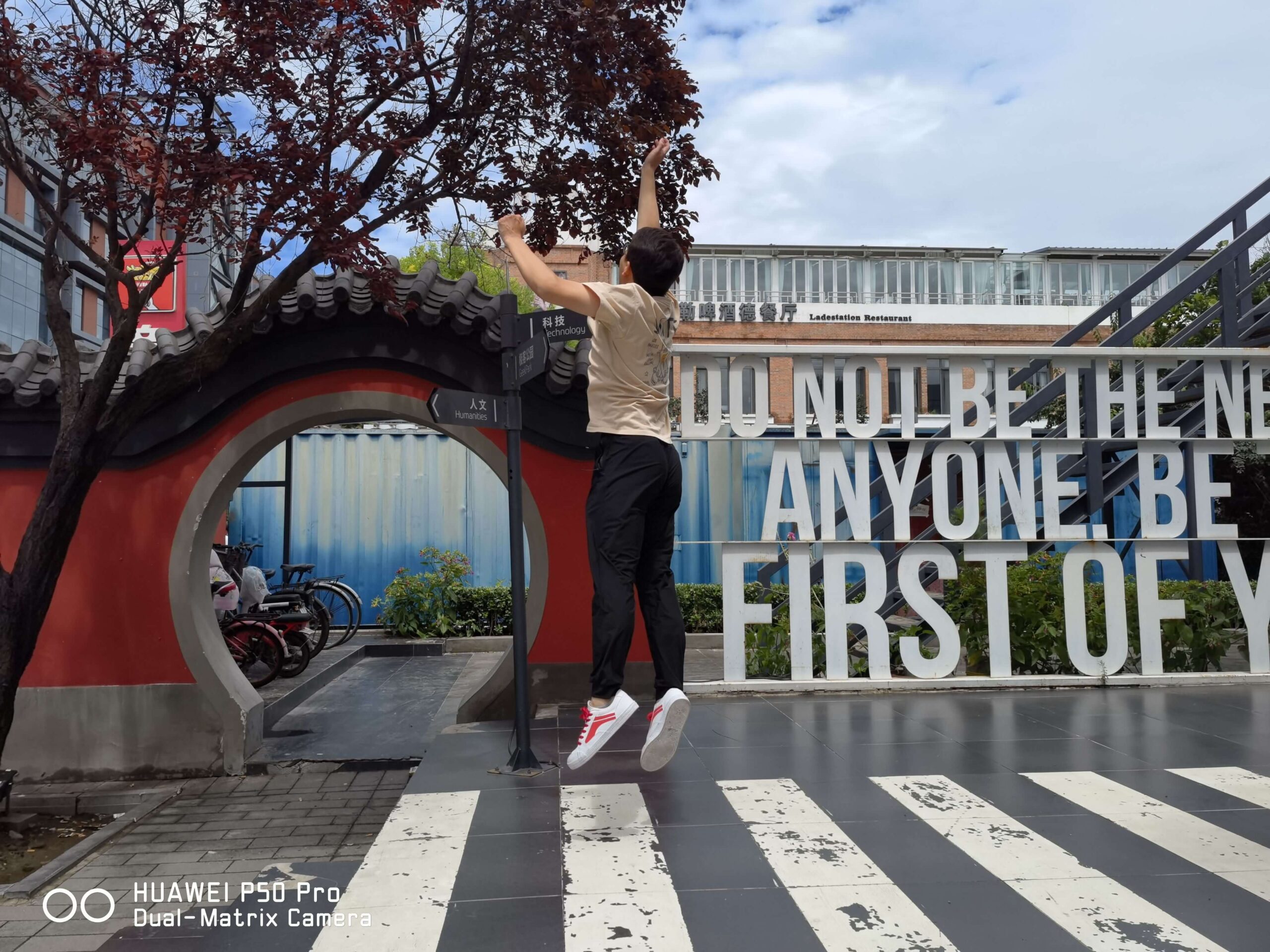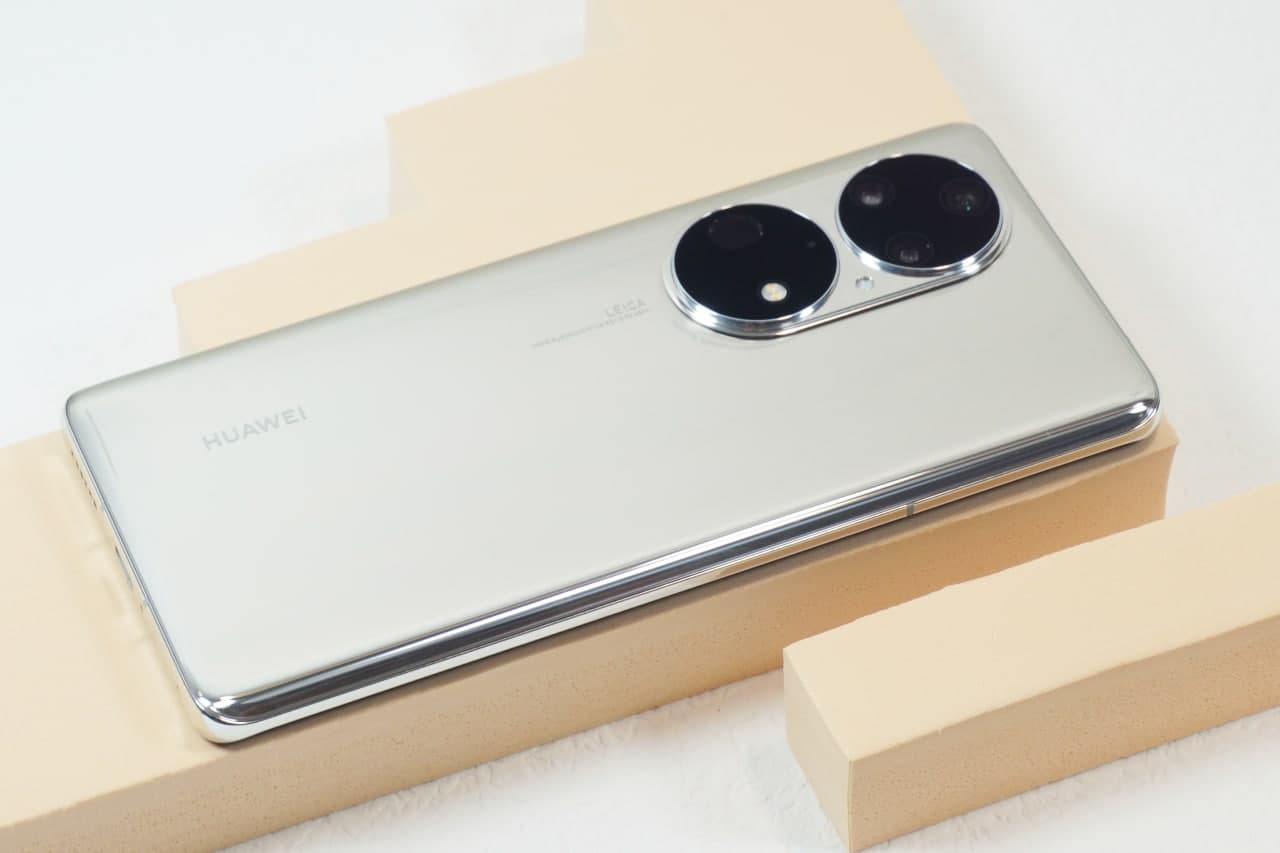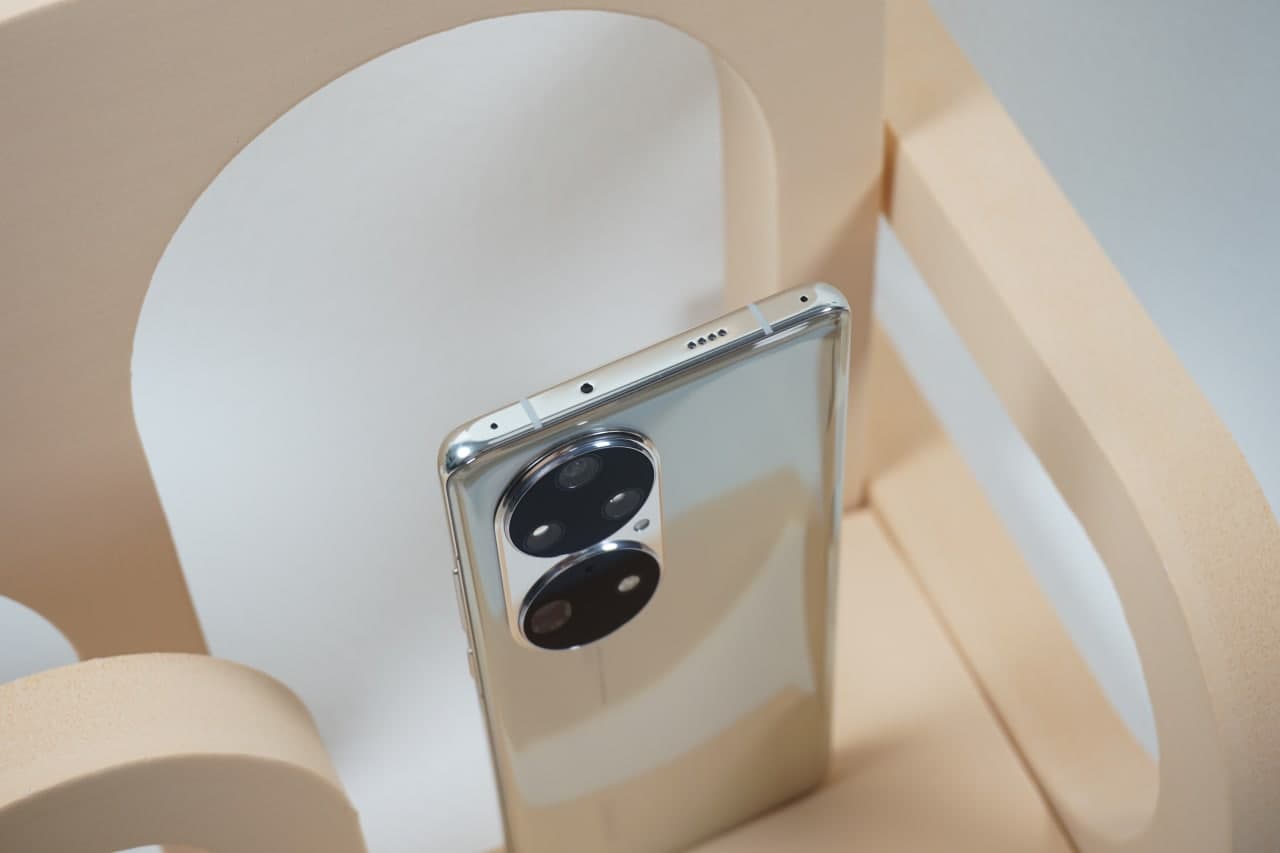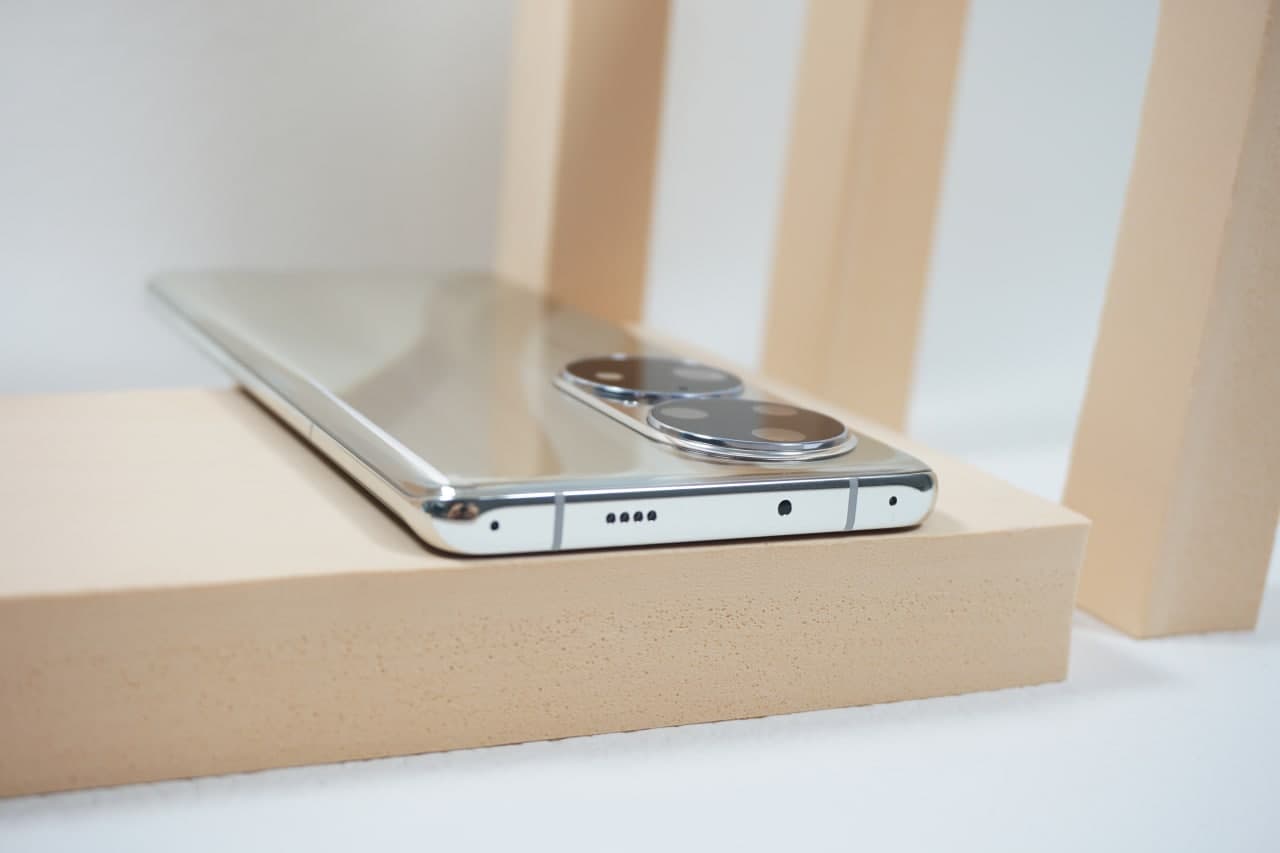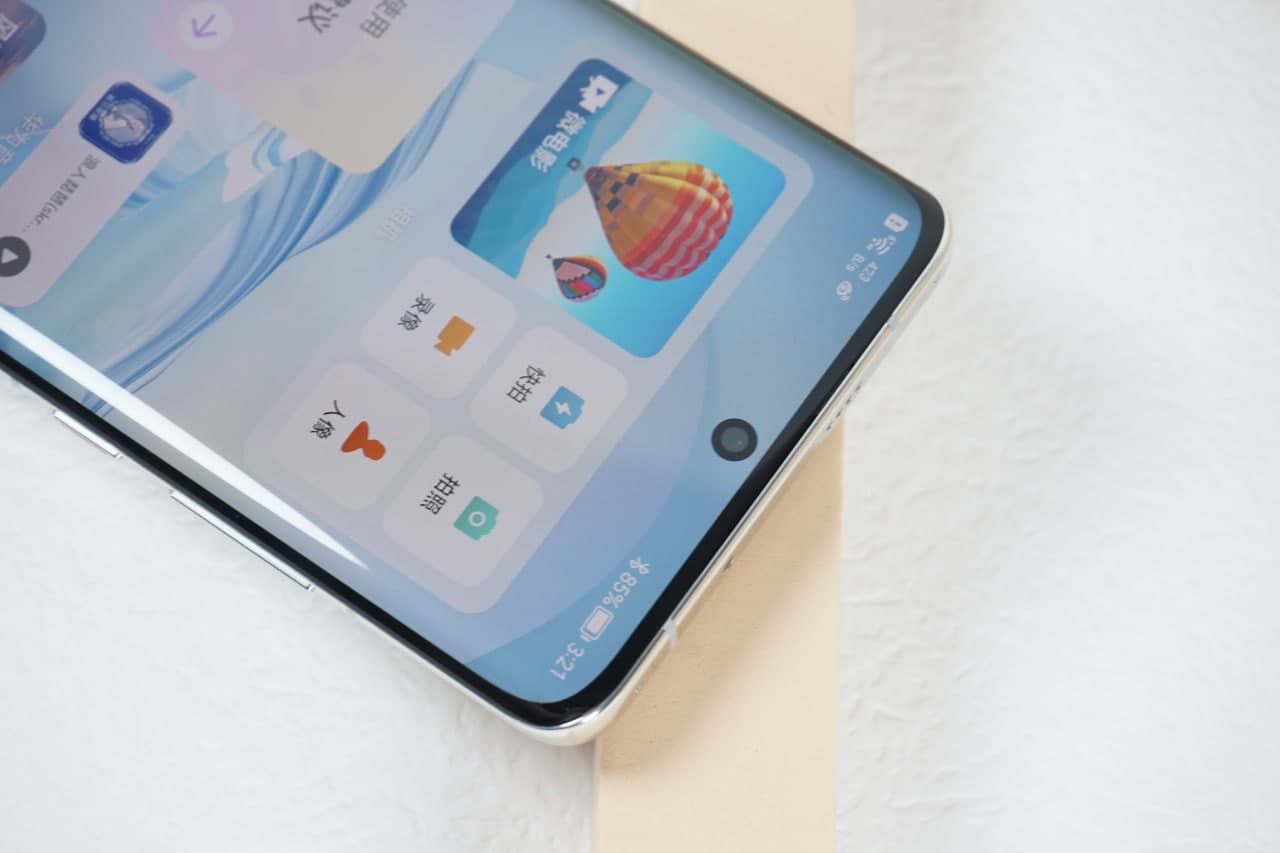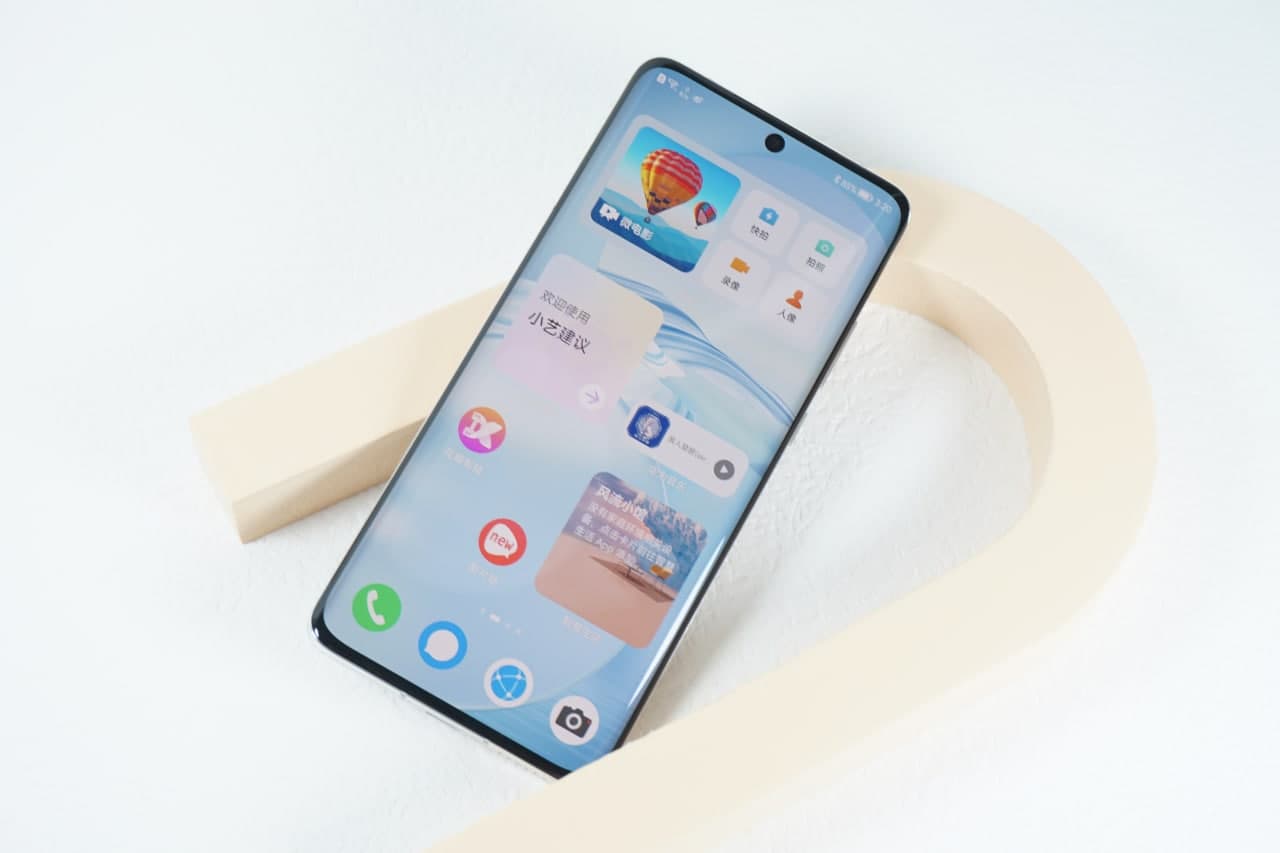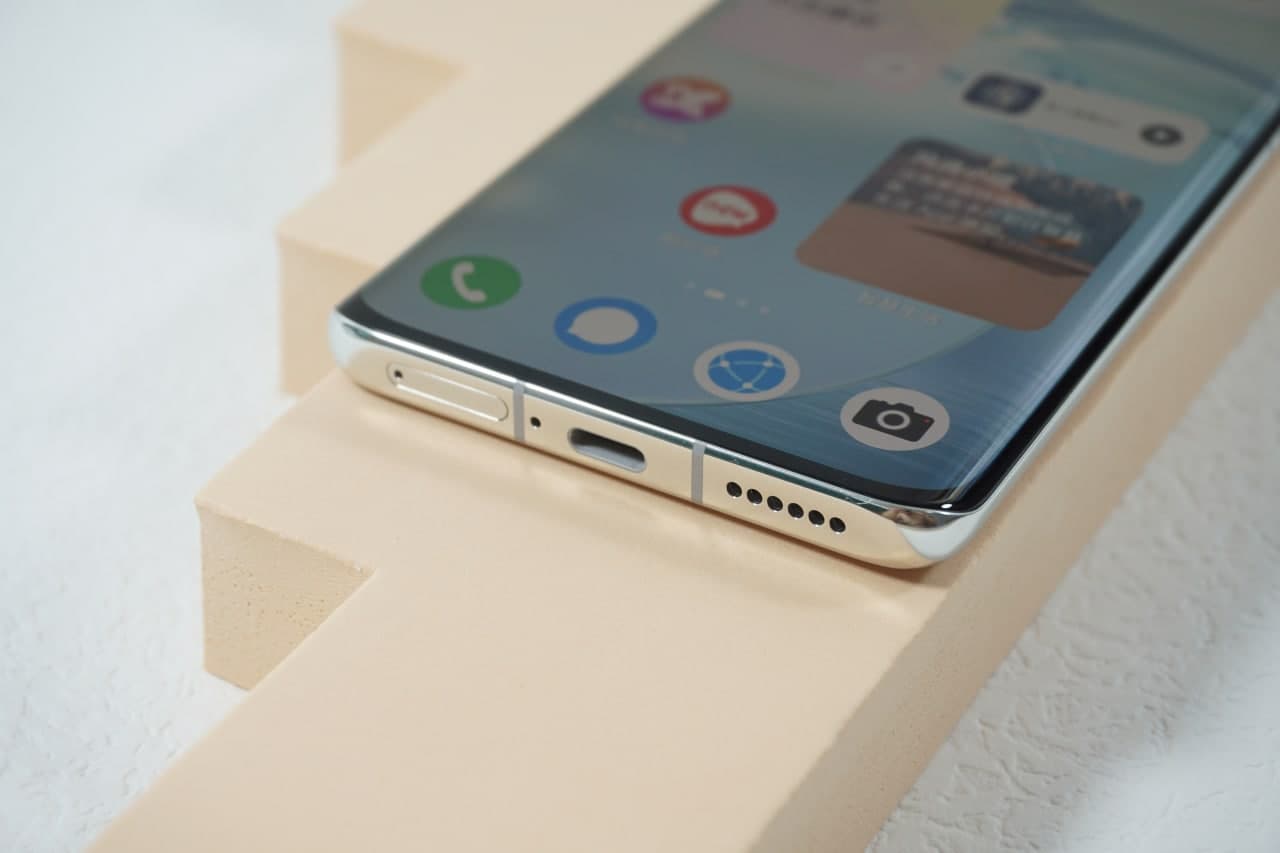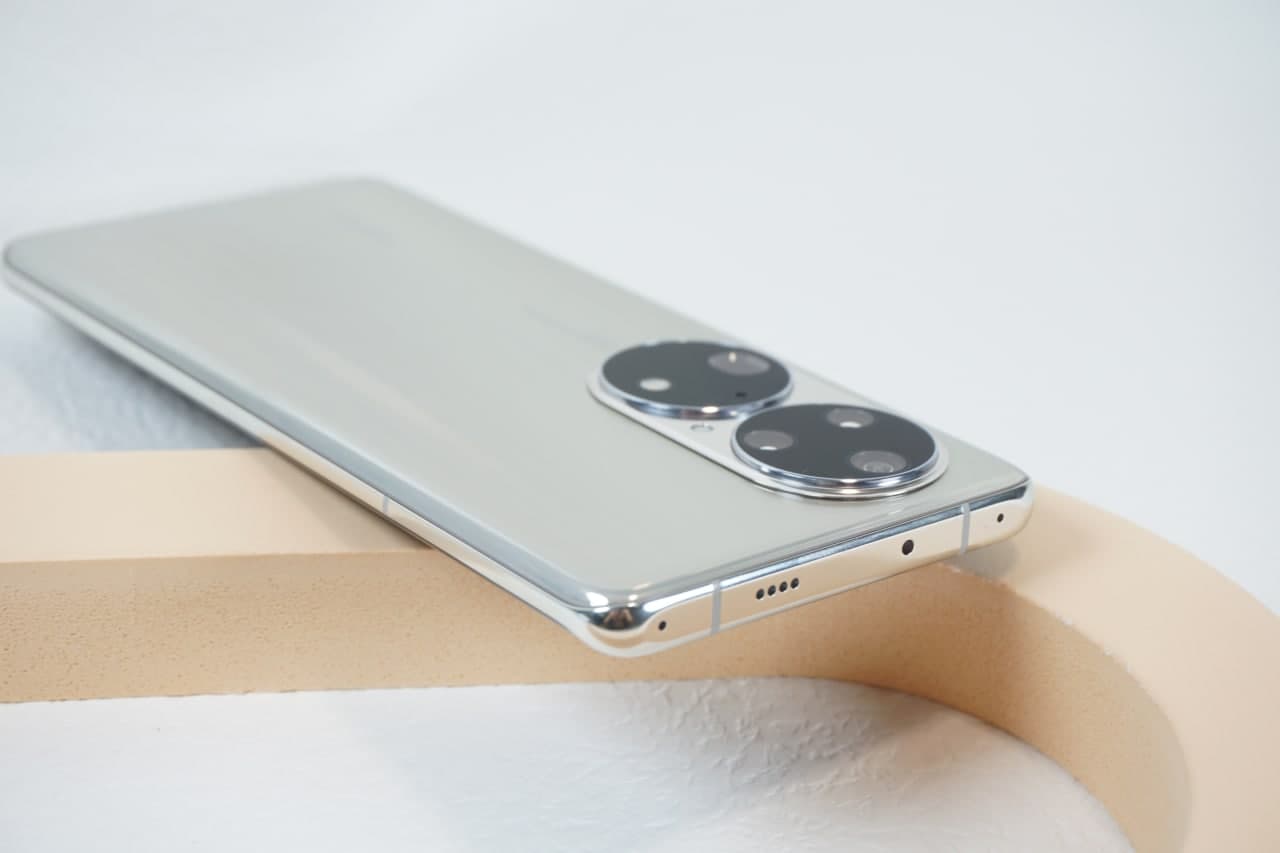Phones
Huawei P50 Pro Review: I don’t need 5G, I want this beautiful camera flagship
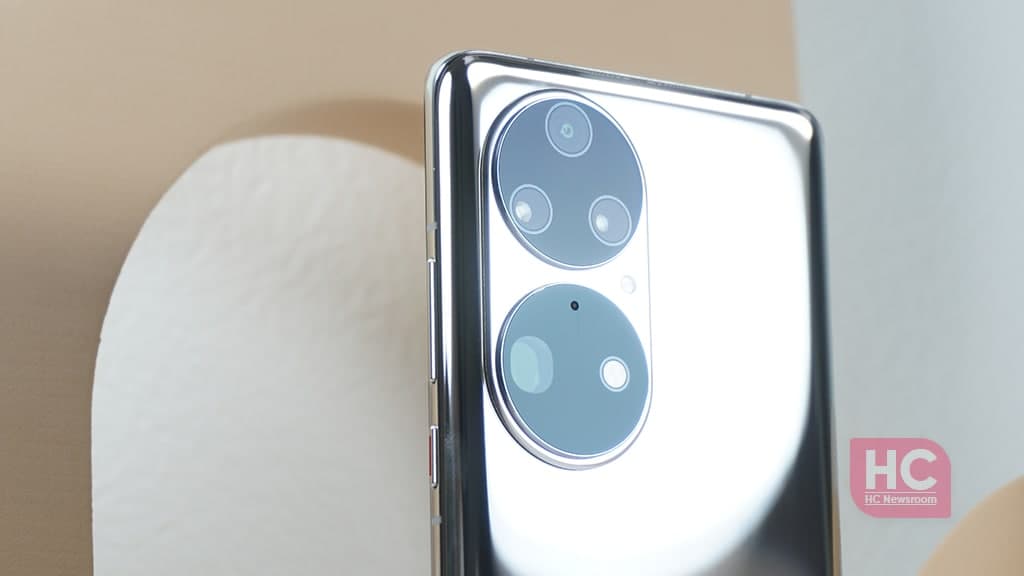
The P series phones are Huawei’s most admirable flagships, that launch in the first half of every year. We always have great expectations with these smartphones in terms of features and hardware, and the phone lineup doesn’t disappoint.
Adding to this, on July 29, the Huawei P50 lineup launched with next-generation camera capabilities, making its way in the future with the power of Leica lenses. Despite the camera features, some consumers don’t like the lack of 5G access in the Huawei P50 Pro devices.
To be mentioned, Huawei launched two different models this year – Huawei P50 and P50 Pro. The Pro variant is the first to sell among consumers and the standard version will sell in September.
Therefore, we will be checking the initial Huawei P50 Pro review and its top-end features, camera, and evaluating the value for money cost without 5G networks access.
For your information, we’ll first jump to the Huawei P50 Pro camera review and before that, let’s look at some of the highlights of this camera flagship.
Huawei P50 Pro, A Camera Monster:
The Huawei P50 Pro rear camera consists of two large circles, comprising a 50MP (primary color camera with f/1.8 aperture) along with OIS (Optical Image Stabilization), and a 40MP primary (Black and White lens with f/1.6 aperture).
It also offers a 13MP ultra-wide camera with f/2.2 aperture and a 64MP periscope telephoto lens with f/3.5 aperture and OIS support.
Talking about the full camera design, this year’s P50 phones have gone under a completely revamped setup compared to any of their predecessors.
The Huawei P50 Pro uses advanced camera technology. The best camera shots can be achieved using the new computational optics tech (XD Optics) and the primary color engine technology.
With the computational optics tech, the smartphone can easily make use of the algorithms to determine the aberration loss caused by the optical path and then restore the original imaging effects of the lens.
In the regular lighting situation without using the optical components, in the case when 50% of the image information is lost, it is only possible to extract 60% of maximum original info. And that too in condition while solely relying on post-processing, while the other lost light can’t be examined at all.
Meanwhile, by using computational optics technology, the original information can be restored about 81%. This way the image is kept in its original state and the phone has to spend fewer resources during the post-process image.
For more accurate white balance levels in any image, the primary color engine technology of the Huawei P50 Pro integrates new XD Fusion Pro image engine and a powerful multi-spectral sensor in the lower camera module.
By using the newly developed computational optics technology, XD Fusion Pro ultra-clear image engine and the collective work of two primary color lenses, the camera of P50 Pro gains a 103% increase in light input compared to P40 Pro. The combination of these technologies also improves detail retention by about 10%.
Huawei P50 Pro camera Samples:
Ok, enough of the theory, let’s check the Huawei P50 Pro camera samples review. Here we have examined its performance in different scenarios including daylight, normal and extreme low light condition, and different camera modes.
Ultra Wide Angle:
Below you can see camera samples of wide and ultra-wide-angle cameras. As you can see that the second shot covers more views compared to the standard view thanks to the 120-degree field of view ultra-wide-angle camera.
(Wide angle)
(Ultra Wide-angle)
The image quality in both of these shots is very well maintained. Obviously, the ultra-wide scene will not be that good, compared to the standard one.
Due to the different hardware used in both of these lenses, the color, look, and feel of these images can be completely different, and it makes sense.
Interestingly, the Huawei P50 Pro camera uses the main lens while capturing the ultra-wide shots, which does not have much impact on its quality. The actual picture edge distortion processing is even better. This can be well verified by maintaining the shape of the building on the right side of the ultra-wide-angle proof.
Macro mode:
The other highly anticipated camera feature that users like these days is the Macro Mode. And just like any other flagship phone, Huawei P50 Pro has two ways to enable this feature.
You can choose this mode manually from the camera options or it can also automatically recognize and enable the Macro Mode mode once you take the phone closer to any subject.
Well, the image below doesn’t require any explanation. You can see all the details of water drop on the surface of a leaf. The edges of the leaf are very well defined and the blurred part also looks perfect. There is no decline in the picture quality either while switching to the macro mode.
Telephoto shooting:
The P50 Pro has a total of four different zoom anchors including 0.5x, 1x, 3.5x, 10x, and there’s a 100x digital zoom.
The telephoto lens serves the purpose of capturing a faraway object without losing the precise details. The P50 Pro has 3 different telephoto zooms – 1x, 3.5x, and 10x modes. Below you can check all those images captured using these three modes.
(Standard Mode)
(3.5x Zoom)
(100x zoom)
We have evaluated the telephoto lens based on two different factors as brightness and image quality. And both of these perspectives have been served well to an extent. Starting with the 3.5x zoom, the contrast in the image looks the same way as in the standard 1x mode.
While the picture quality is also been maintained in both of these shots, you can clearly see by zooming in the first images and compare the quality with the second one (3.5x). You will perhaps find the difference very easily.
Meanwhile, the third (10x) telephoto image has more insights into the rivets on the building and the patterns of the rust can is clearly visible. In all these three situations, the brightness, picture quality, and accuracy of the image are very well preserved.
We tried hard, but couldn’t find any flaws in the telephoto section, which shows the P50 Pro has an outstanding telephoto camera that can easily capture faraway objects along with maintaining the details.
Just while capturing images in telephoto mode, we have noticed some delays in previewing images.
0 to 100x Direct Zoom:
Huawei smartphones are very well known for their far distance zoom abilities. And looking at the zooming capabilities of the previous generations, we expected some unexpected results from the P50 Pro with its 100x zooming.
But the quality after the full zoom is just ok, not too impressive, and not too dull. This was according to this review, while in different weather conditions, the zoom quality may change, or it could be better than this one.
In the images below, you won’t be able to find the object, which is zoomed in. It’s the letter B9, and you can zoom in on the first one to find out the object. After you got to know where the ‘B9’ is, you will realize the power of P50 Pro’s 100x zoom.
(100X Zoom)
Quite impressive, isn’t it? The image we got after zooming in 100 times is not that clear as what the telephoto lens has shown. It’s obvious, and we can’t get a clearer image than this, in such weather conditions.
When you zoom in, and in-camera preview will appear after 15x in the upper left corner of the camera interface, which makes it more convenient for you to check the viewfinder. With the use of certain algorithms, the 100x shooting becomes easier and accurate than ever before. Therefore, the P50 Pro has a very well-optimized 100x digital zoom feature than any other phone.
Portrait mode:
While testing the portrait mode, the conditions were more than accurate, the weather was all pleasant, the winds were rushing by, the daylight conditions were perfect with proper brightness. All the things were falling in line to test the portrait lens and we saw some great results.
All we expect from a portrait mode is accurate detailing and a perfect blur. And if you carefully check the details in the below images, the hairs of the model are very accurately shown even when the wind was rushing in.
The three shots with 1x, 2x, and 3x portrait zoom has shown similar results with maintained image quality. Huawei seems to be working on this mode by adding some adjustments to the portrait beauty this time. The beauty is restrained, and the skin details and tone are also improved.
Night mode:
The perfect night shot is determined by maintaining the scene and presenting the color naturally. This is defined clearly on the images linked below, which shows the perfect composition of brightness and the details of dark have been recognized precisely.
Compared to the previous generations, the P50 Pro does not have any kind of color casting problem.
Aside from the regular low light conditions, it’s time to test the Huawei P50 Pro in extreme low light conditions.
The first image shows the camera interface and the preview of the subject shown on the frame and the merch of Goku is barely noticeable on the camera frame. On the other hand, the captured image shows the capability of the P50 Pro night mode camera.
The night mode image has the least amount of noise and all the details are retained alongside a perfect bright image. For your information, the test was conducted without even enabling the Night mode.
Huawei P50 Pro vs iPhone 12 Pro:
Although, this is just a Huawei P50 Pro review but it’s good to make a comparison between two giant smartphones.
Below you can check the comparison of images between the Huawei P50 Pro and iPhone 12 Pro. The test is driven on the basis of true color reproduction between the two devices.
To be mentioned, both of the objects used in the test have a common desk.
(Left – iPhone 12 Pro, Right – Huawei P50 Pro)
(Left – iPhone 12 Pro, Right – Huawei P50 Pro)
(Left – iPhone 12 Pro, Right – Huawei P50 Pro)
Comparison Verdict:
The desk in the comparison was used for shooting is actually placed next to the floor-to-ceiling window, the color of the desk is actually a “light in the top and dark in the bottom” effect.
By comparing the above three shots, you can clearly see the color difference between iPhone 12 Pro and Huawei P50 Pro. In each comparison, Huawei P50 Pro shots comprise better dark in objects.
The color pallet of the iPhone 12 Pro is relatively closer to the human eye and quite impressive but the true color reproduction of the Huawei P50 Pro is even better. The colors of both desktop and object is very close to the original color perception.
Instant Snapshot:
There were many complaints about the slow camera of Huawei phones, which seems to be resolved by the company with its latest generation of P series. The P50 Pro has a newly added snapshot function to the camera. This functionality is similar to what you get on the Vivo phones as Sports capture and Street Photography of Realme GT Master Version.
What the snapshot does is, captures moving objects by making them slow. This time on the P50 Pro, this mode is quite fast to open onto your smartphone. After capturing an image with this mode, it was found that the actual time from processing and previewing the image is shorter than that of P40 Pro.
Video:
Now after a bunch of photography experience, we can talk about the video shooting of the P50 Pro. The smartphone has got support for 4K shooting up to 4K@60fps and AIS optical image stabilization at all focal lengths.
Besides the standards of video shooting, it has several other functions such as video beautification, dual view recording, micro-movie, and AI micro-motion moments. In addition, Huawei has also added the petal clip app which can be directly accessed from the gallery to edit some video clips.
Huawei P50 Pro Design:
It’s time to round up the beautiful Huawei P50 Pro design. This flagship comes in five color options including:
- Golden Black
- Cocoa Gold
- Pearl White
- Charm Pink
There’s also a special edition called Rippling Clouds but for this Huawei P50 Pro review, we’ll be using the cocoa gold version.
The rear design of the phone includes reflects a low-saturated gold finishing, and the surface feels to be made of AG process. Despite all of the wait and promotion images you’ve seen on the internet, the actual device really feels good in your hands and is worthy of the wait.
To be mentioned, the Cocoa Gold Huawei P50 pro doesn’t use a matte back cover, which is very popular in the smartphone industry for the last few years. Instead, the P50 Pro uses a glass back panel.
However, the rear longitudinal texture makes the overall appearance dazzling once the light hits on the surface.
The review reveals that the gold color effect of the P50 Pro is greatly affected by the intensity of the ambient light. Under the condition of relatively weak external light, the golden color will be closer to the effect shown in the official renders.
If placed in sunny outdoor lighting, the color will appear more and outcast silver illusion, which is beautiful yet fantastic.
While the giant pill-shaped camera is also worth noticing, no one can ignore the camera system which defines its capabilities just by its appearance. The most eye-catching part of the smartphone with its dual ring design.
Huawei P50 Pro comes with immense camera prowess and it’s the lead attraction of this flagship. The rear side has a new double-ring design, which is different from any of the previous Huawei premium models.
The two rings are identical to each other and relatively large in size.
At first sight, the Huawei P50 Pro camera, similar to many people, may take some time to adopt but the gradual inheritance of this large camera cannot be denied by any means.
It can be observed that the past camera design in the Huawei flagship has surely surprised the consumer and really innovative but some people initially disagree with it. However, later on, the more time they spent with the device their reviews on the devices has changed along with their opinions.
Huawei P50 Pro Review found that the device fits perfectly into your hand with a body length of 158.8mm x 72.8mm x 8.5mm. All these characteristics combined in just the weight of 195 grams. Also, don’t worry about the curved edges, the new P50 Pro will take care will not compromise the user experience.
How can we forget to mention the middle frame and wraps alongside the front display and the rear design better than ever to reduce the chances of accidental touches.
5G is not a problem:
Huawei P50 Pro is a real change in terms of the front display and discontinued the trend of pill shape selfie cutout on the front side. Instead, Huawei applied a single hole on the top center to house a 13 MP f/2.4 aperture selfie camera, which also supports ultra wide-angle shots.
In terms of specifications, the Huawei P50 Pro is equipped with a 6.6-inch OLED display with 2700 x 1228 pixels (FHD+ level), 450ppi, support for 1.07 billion color display, and P3 wide color gamut. Furthermore, it has a 120Hz display refresh rate with a 300Hz touch sampling rate using 1440Hz high-frequency PWM dimming.
There’s an in-display fingerprint scanner and the speed of unlocking is comparatively faster considering the other flagship phones in the market. While the position of the fingerprint is slightly upper than the previous phones, which makes it uncomfortable to unlock using one hand. But after you get used to it, it becomes much better.
In the audio department, the smartphone features dual speakers at the top and the bottom with the support for Bluetooth 5.2 connection. It also has IP68 dust and water resistance rating which adds to its reliability.
The device packs a 4360mAh decent battery and even becomes more long-lasting with its 66W fast charging support. It also has a 50W wireless fast charging. And of course, the reverse charging functionality is available.
Despite its impressive charging specs, we thought to go with the actual numbers, and here they are. The original charger can charge the smartphone from 1% to 18% in just 5 minutes. While the phone can be charged to 45% in 15 minutes. Moving on, the 56% battery was reported after 20 minutes of charging.
Moreover, in 35 minutes, the phone charges 86%, 40 minutes to 92%, and the complete 100% takes about 52 minutes. This seems a decent charging, you can get your P50 Pro charged fully in less than an hour.
It is worth mentioning that Huawei does not provide a charger in the box. So, users can use their old ones or buy an original charger from Huawei if they want to experience the power of 66W fast charging.
Due to some known reasons, the P50 Pro couldn’t get the support of 5G connectivity, which is somewhat disappointing. Although, the smartphone comes with 5G capable chipsets – Kirin 9000 and Snapdragon 888.
There are many differences between the 4G and 5G performance and consumer psychology prefers 5G, no matter what the company offers to cover this deficiency. But if you do not prefer 5G much right now, then you will find everything else in this handset that you want from a flagship.
Conclusion:
The Huawei P50 Pro specifications are easy to summarize. It has got all the top features including advanced camera technology that is hard to find in any flagship smartphone, top-notch processors, a premium OLED display that has the highest DXOMARK rating, and everything that you’ve seen above.
So, all it doesn’t have is the 5G, which may affect some of the opinions. However, with or without 5G, from a flagship owner’s perspective, the Huawei P50 Pro is a deal that no one may want to miss.
To be mentioned, the availability of the device is currently limited to China but the company may roll it out in the global market near future.

